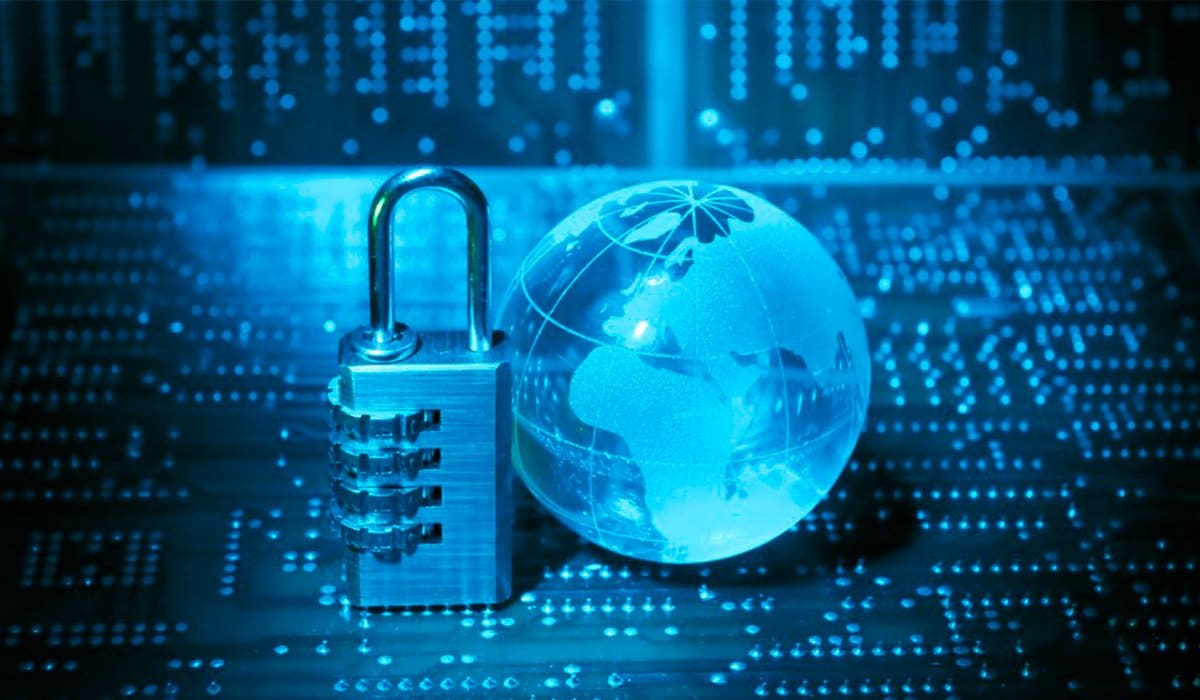
Although it may sound like a spy thing, cryptography is a method of hiding data that you use every day. Encryption, as it's also called, is present in many of the apps you use, like WhatsApp.
Cryptography is not something we have control over, at least not the average user. So, if you want to know how it works or even how you can use it on your PC, this is a good opportunity.
What is cryptography?
Cryptography was created a long time ago as an answer to a need. This need was to be able to send and receive messages without being able to read their contents without the appropriate key.
This can be considered the simplest definition of cryptography.
In other words, cryptography serves, in a nutshell, to protect the information transmitted in a message. Anyone who does not have the key to decrypt the message will not be able to read it.
Currently, cryptography is a fundamental support that guarantees the security of any communication that is carried out using computer means.
We will talk about the history of cryptography later, but thanks to these advances, very important things were achieved. Today, you can carry out any commercial transactions and communications with complete security, which no one is watching.
As mentioned, cryptography is fundamental to security. Without its implementation, sending messages through WhatsApp or even checking your bank account balance would be very dangerous.
For example, you read that WhatsApp messages have end-to-end encryption. This means that no one can read your messages, even if they are intercepted on the server. This is thanks to cryptography. For a comprehensive review guide to decoding cryptosignals, see this article: https://publicistpaper.com/decoding-crypto-signals-a-comprehensive-review-guide/
What rules must an encrypted message follow?
The first rule to follow is that the message is confidential. This means that only those authorized to read it can read it.
It is also necessary to guarantee the authenticity of both the sender and the receiver. In short, make sure these agents are who they say they are.
Finally, as an inviolable rule, the sent message reaches the recipient in its entirety. This means that the message received is the same as the one sent after decryption.
Use of cryptography
Basically, cryptography works like this. When a user sends an encrypted message, it means that the original characters will be replaced by others that do not make sense.
This process is called "Encryption". User sends this message.
When the recipient picks it up, the opposite process occurs, i.e., the meaningless characters are replaced with the original content. This process is called "Decryption".
Now, what is the use of cryptography today? Years ago, cryptography was used to hide and send very important messages that needed to be kept secret.
Today, it is essentially still used for the same thing, except that it has been expanded to cover other activities. Also Check: Pump and Dump: How Does It Work?
Below are the main uses of cryptography:
- Ensuring the confidentiality of personal communication, business and banking transactions: today, cryptography is the most reliable way to protect computer networks. As you know, networks are the infrastructure through which all information moves, including banking and personal communications. With the help of cryptography, it is possible to establish secure channels in networks that are not designed to be so. However, securing these networks with cryptography is not resource intensive, mainly due to the power of current hardware. If you add to this the implementation of symmetric encryption algorithms, you can get security and privacy without reducing the transmission speed.
- Authenticate and verify the identity of users: Digital signatures are increasingly accepted in all types of legal documents. Digital signatures allow reliable identification of any person. This allows document verification or even access to a certain level of access. All this, of course, with a better degree of security than traditional methods. If you want to learn more about digital signatures, you can find more information later in this article.
- Ensuring the integrity of electronic funds transfers: Thanks to the above cryptographic resources, secure channels and digital signatures, e-commerce has been able to reach the level it is at. Today, you can do any kind of banking or shopping online with confidence that you won't be spied on or a victim of fraud.





